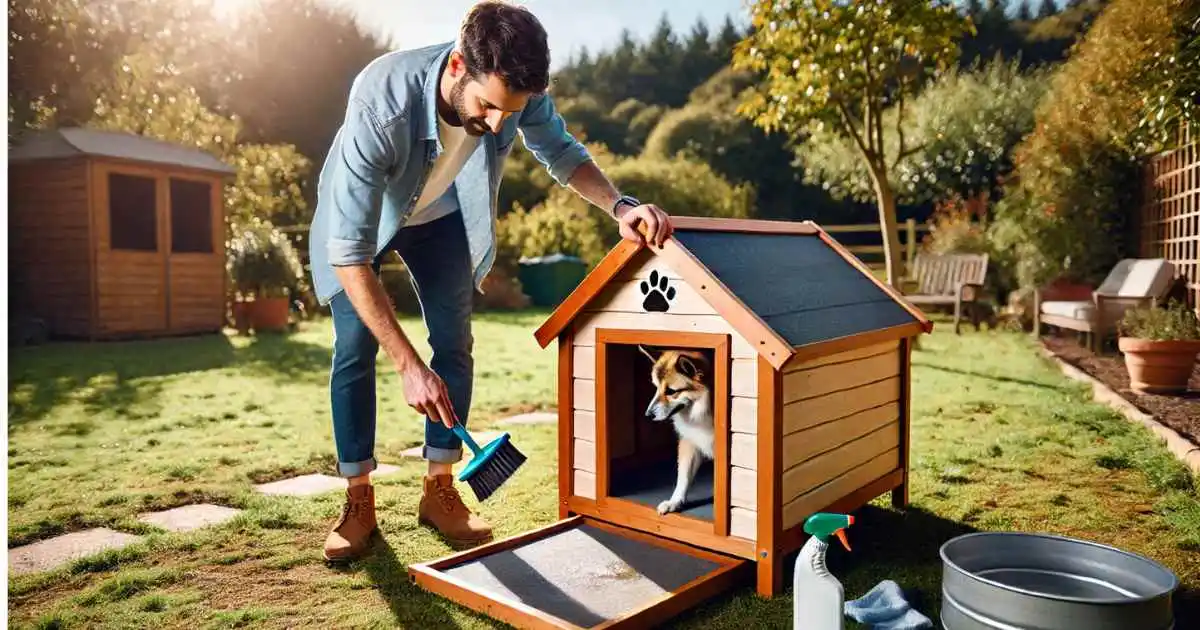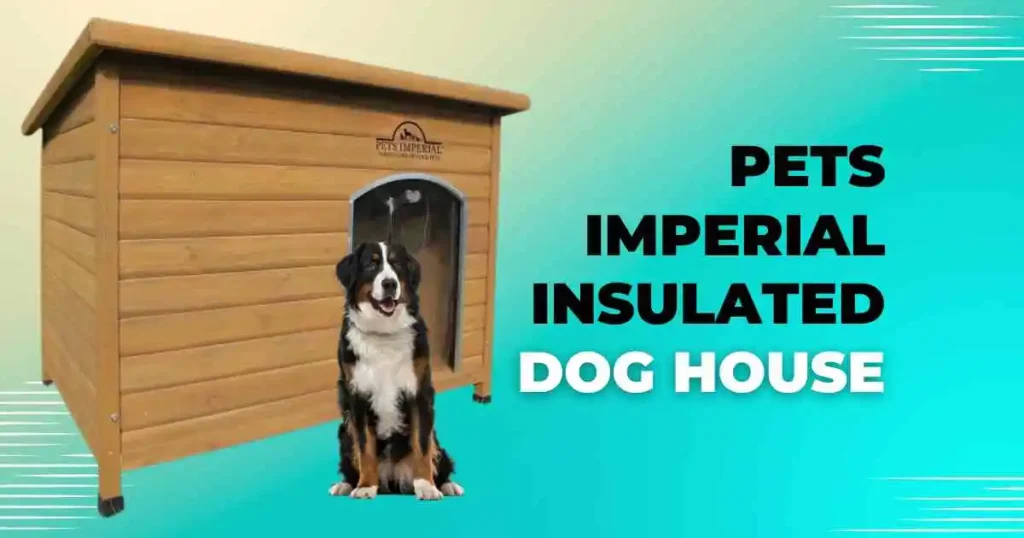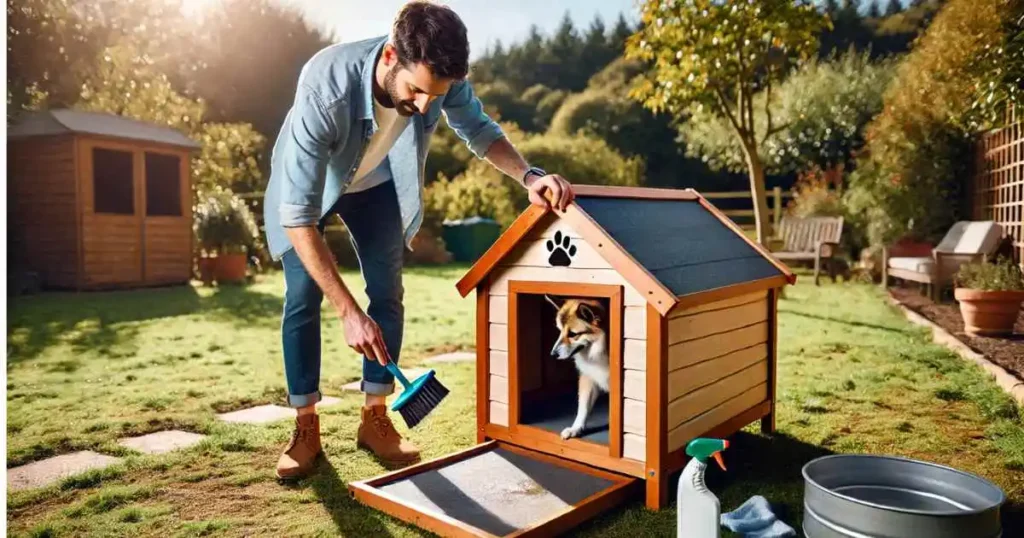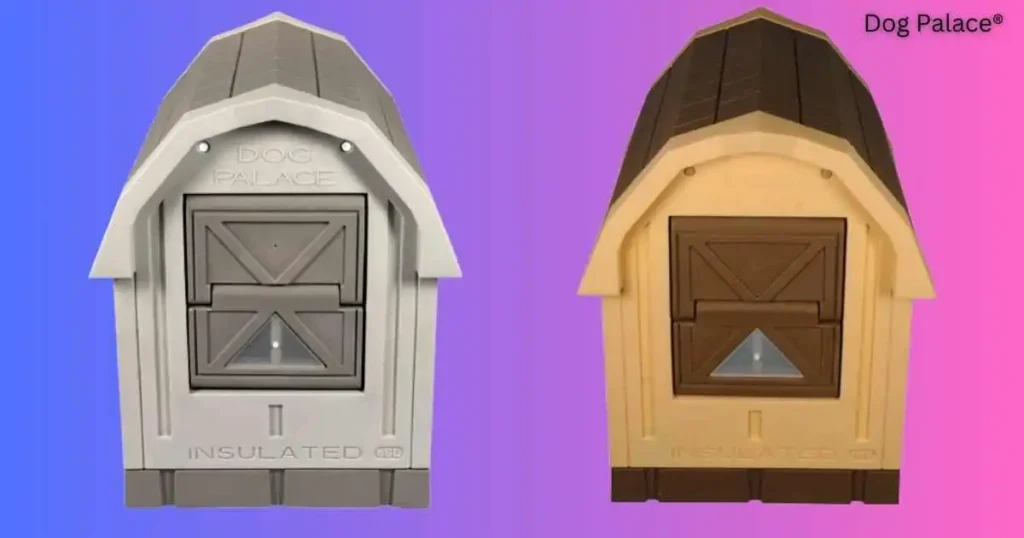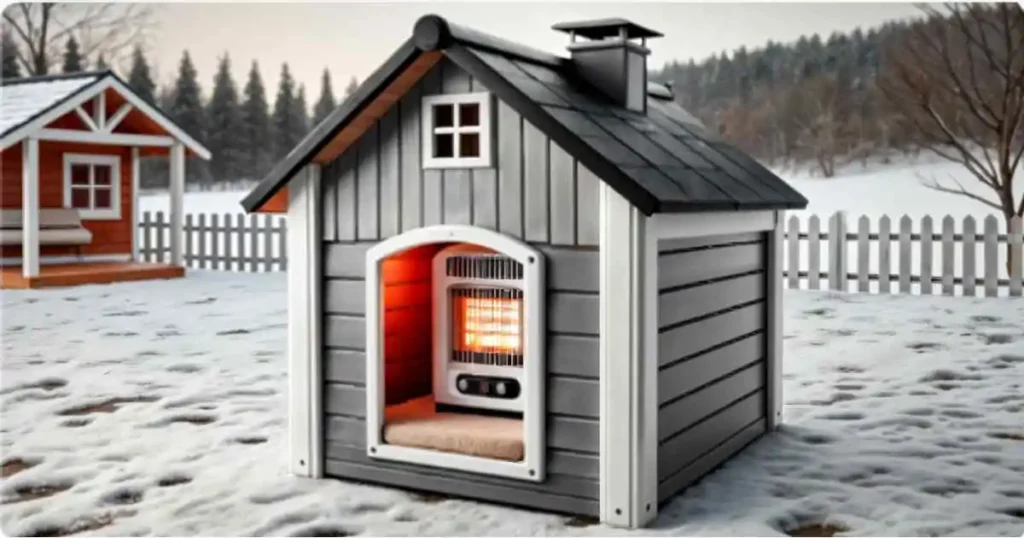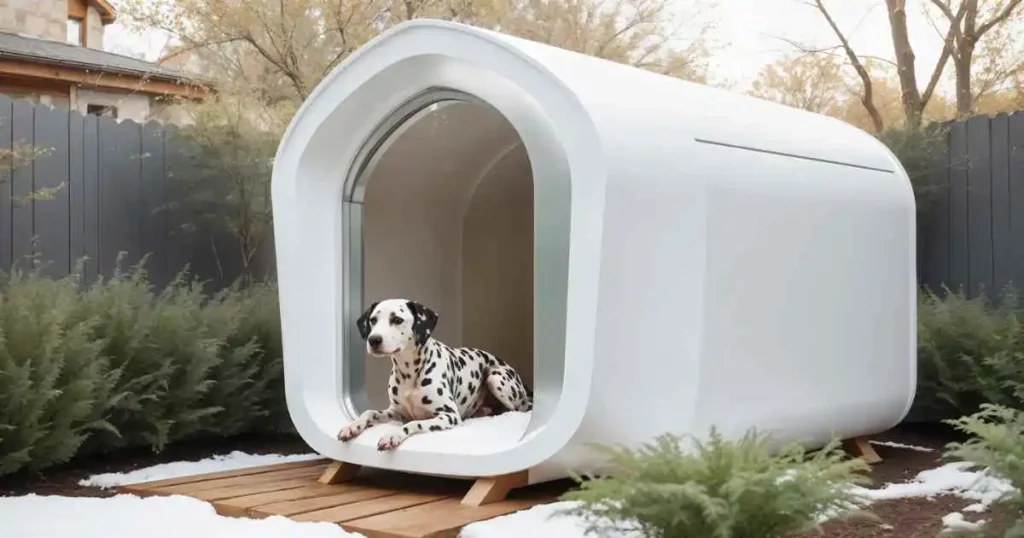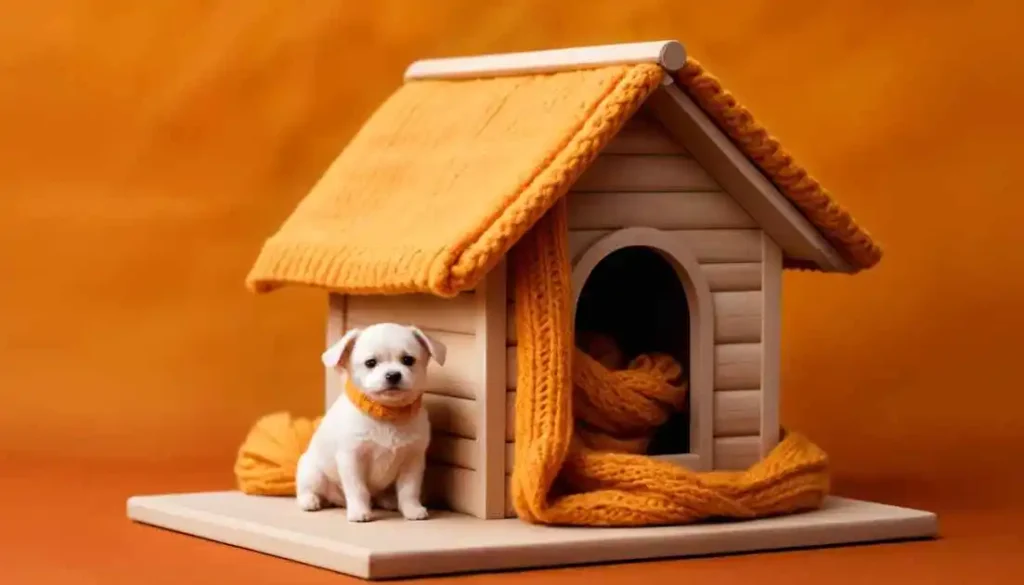Your dog’s insulated house isn’t just a shelter; it’s a fortress against the elements. Therefore, maintenance of an insulated dog house is essential so that it can provide maximum warmth and security. There are many things you can do to extend the life and increase the efficiency of your dog’s insulated home. From seasonal care for dog houses to regular cleanings, the proper upkeep of your insulated dog house can significantly enhance its durability. In this article, we cover some maintenance tips for keeping an insulated dog house in great shape all year round.
Key Takeaways
- Regularly check for leaks, damage, or possible entry points for pests in the dog house.
- Ensure adequate insulation and temperature control to keep your dog comfortable regardless of weather conditions.
- Adopt a cleaning regimen that includes disinfecting with pet-safe products to create a sanitary environment.
- Make adjustments according to the season, such as more insulation during the winter and more ventilation during the summer.
- Seek advice from veterinarians and other experts on specific housing needs based on the breed or age of your particular dog.
Best maintenance of insulated dog house
(1) Regular Cleaning insulated dog house
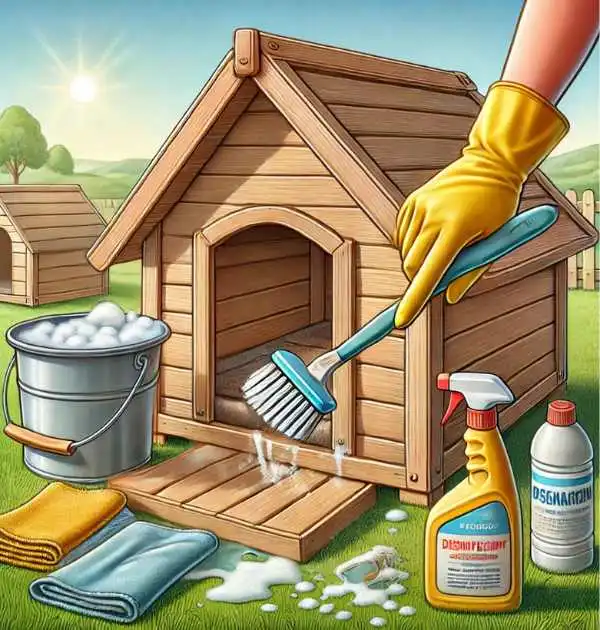
Why It Matters: A dirty living environment can adversely affect their health and comfort levels. Dirt, debris, and moisture may undermine insulation, leading to an unhealthy atmosphere.
Cleaning and Disinfection of The Dog House
Regular dog house cleaning is the key to providing your furry companion with a healthy living space. Take steps such as clearing away dust, dirt, and pet droppings, which could contain germs.
Wash or replace bedding on an ongoing basis in order to eliminate the buildup of dirt and odors and reduce the risks of pests and bacteria entering their living space.
Getting Rid Of Accumulated Dirt And Debris
A lot of dirt piled up over time can compromise both insulation within walls and the overall cleanliness inside. Pay special attention to corners and crevices where dirt accumulates.
Use a small brush or vacuum cleaner attachment to thoroughly sweep out these hard-to-reach places. Place the dog house in a clean, dry area. Use an entrance mat or tray as an additional precaution against dirt entering this way.
Use Pet-Safe Cleaning Products
Use mild soaps or disinfectants that won’t harm your furry friend or damage surfaces within its surroundings.
Make sure they are specifically designed for use with animals around because some chemicals may prove toxic when consumed. Soft tools such as gentle brushes or clothes should be used during this process.
(2)Regular maintenance
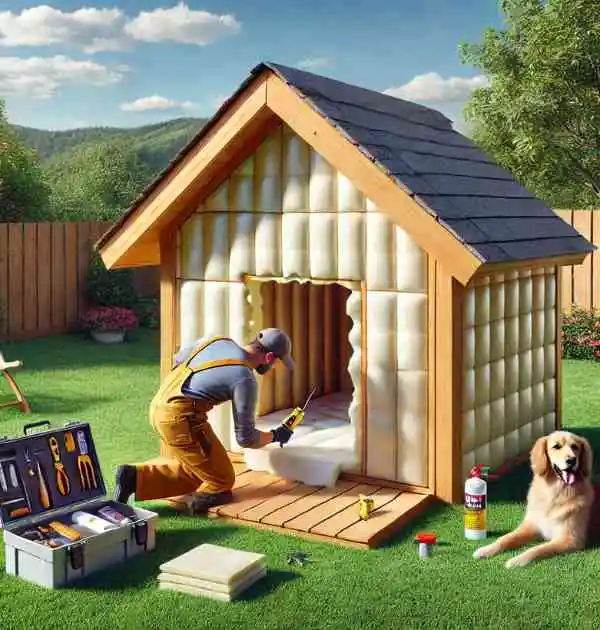
Why It Matters: Maintaining your pet’s living quarters regularly will keep them safe from potential dangers.
Health and hygiene:
Cleanliness reduces the risk of bacterial and fungal infections in pets. Inspecting, often coupled with cleaning, helps ward off fleas, ticks, and rodents. Furthermore, regular cleaning reduces allergen levels, allowing sensitive pups to breathe more comfortably.
Prolonging the Lifespan of Your Dog House:
Early identification and resolution of minor problems are vital to maintaining the long-term integrity of buildings. Routine maintenance helps avoid costly repairs or replacements by keeping a dog house in great shape. Regular maintenance routines reduce the stress of unexpected issues.
Effective Insulation
Regularly check the insulation for signs of wear and tear and replace it as needed. Fix any damaged or deteriorated insulation so that it can work properly again. Besides, during severe freezing events, additional methods and accessories may be considered to increase the effectiveness of insulation. If you are using electric isolation, always ensure it is in good condition to prevent short circuits.
(3)Regular Inspecting for Leaks and Damage
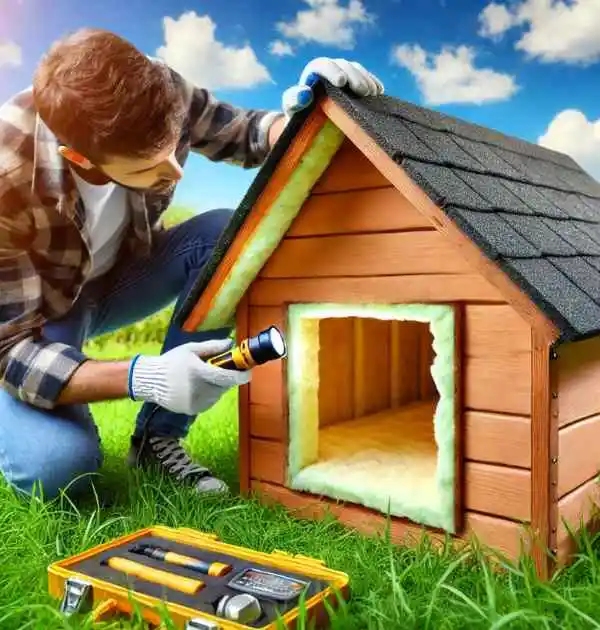
Why It Matters: Frequent checks help you catch and address issues before they become major problems.
Detecting Structural Damage:
Structural damage must be monitored. Check for cracks on walls, floors, and roofs. Use a pet-safe caulk to seal small cracks, while bigger ones may need more extensive repairs. Tighten any loose screws or nails so all panels remain securely attached.
Ensuring structural stability helps avoid collapse during extreme weather conditions while protecting those living inside from injury. Additionally, it’s essential that the dog house is level and the supports are firm without any rot.
Identification of leaks
Proper leak detection is paramount. Check whether there are water stains on the roof, soft spots, missing shingles, and cracks where water could enter. Inspect walls for discolouration, swelling, or dampness, which could indicate water infiltration.
Ensure there are no damaged floors on which moisture could seep through. Elevated floors provide extra insulation against ground moisture seeping into kennels.
(4) Seasonal Maintenance Considerations Why It Matters:
Different seasons bring varying weather conditions that can affect the structure and effectiveness of the dog house.
Winter Preparation: Insulating and Weatherproofing
Make sure that your dog’s house remains warm as temperatures begin to drop. Insulated houses with thick walls can help block out cold air. Good-quality insulating materials provide a barrier against winter weather conditions.
Look out for dog houses that have draft-blocking doors as an extra measure to keep him snug. Ensure that heating appliances are functioning properly to prevent energy loss and safety hazards.
Summer Maintenance: Providing Shade and Ventilation
As summer heats up, ensure your dog stays cool by providing adequate shade and airflow. Be sure to clean vents regularly, adding new ones if necessary; ensure proper ventilation to keep the dog house cool; place it in an area protected from direct sunlight to reduce heat absorption.
Consider reflective roof coatings to reduce absorption, as well as cooling mats or fans designed for pet use for temperature regulation purposes inside their dog house.
Conclusion
By following these maintenance tips, you can ensure that your dog’s home remains a secure, comfortable, and durable home all through the year. Regular attention to cleaning, examining for damages, and adjusting for the seasons can keep your pet safe and healthy. In addition, consulting veterinarians or experts can enhance their overall health. Finally, choosing the best option, whether it’s simple or extravagant, displays your love for them, and they’ll surely be happy to have their own space all season!
